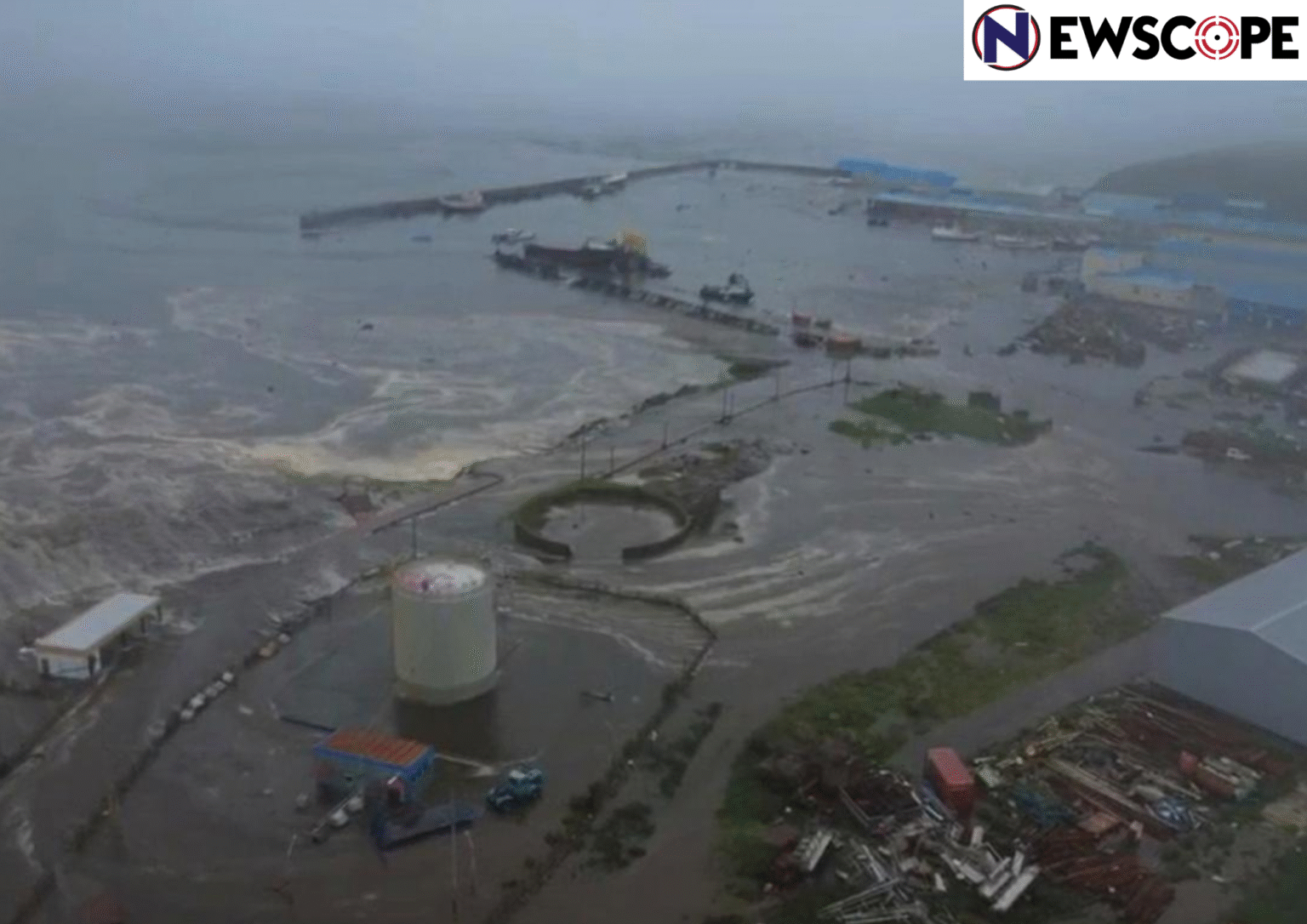A strong magnitude 8.8 earthquake, one of the strongest recorded in recent history, hit off Russia’s Far Eastern Kamchatka Peninsula, triggering tsunami waves that reached Japan’s northern coast. The shallow underwater quake sent shockwaves across the Pacific and led to widespread tsunami warnings and evacuations in several countries.
The seismic event, centered off the coast of Petropavlovsk-Kamchatsky, caused significant tremors and initial tsunami waves of up to 4 meters in parts of Russia’s Kuril Islands and Kamchatka region. While officials reported some injuries and building damage in Russia, the quick response and evacuation orders helped reduce casualties.
In Japan, the quake prompted the Japan Meteorological Agency (JMA) to issue an urgent tsunami warning. They advised residents in coastal areas from Hokkaido to Wakayama to seek higher ground. Evacuation sirens sounded, and millions were urged to move to safety. Tsunami waves, reaching heights of up to 1.3 meters in some areas, struck Japan’s coastline. Sadly, one person died during evacuation efforts. Workers at the damaged Fukushima nuclear plant were also safely moved to higher ground as a precaution.
This event highlighted the Pacific “Ring of Fire,” the seismically active region where the earthquake occurred. The quick and coordinated response from authorities in both Russia and Japan, along with other countries in the Pacific, emphasized the vital role of early warning systems and disaster preparedness in reducing the impact of such powerful natural disasters.



